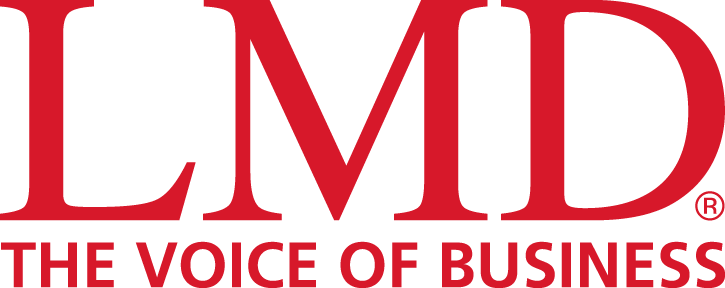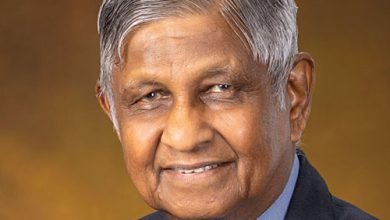CORPORATE SECTOR

Compiled by Tamara Rebeira
COACHING IS A LIMINAL SPACE
Dr. Mihirini de Zoysa explains why coaching mindsets reaps rich rewards
Q: What role does leadership coaching play in building resilient and adaptable leaders in today’s volatile business environment?
A: The coaching relationship provides leaders – the ‘coachees’ – with a space to pause, reflect, share, recharge and reimagine possibilities. Coaching is a liminal space; a unique in-between place that exists apart from work, home and the rest of the world.
Within this space, coachees can share their stories and realities, distinguish between what is within and beyond their control, and explore imagined scenarios for taking empowered actions.
Coaching is a nonjudgmental and generative environment, offering individuals an opportunity to step back, look inward and discover their own solutions. Many leaders use this liminal space as a sounding board, particularly when navigating VUCA (volatility, uncertainty, complexity and ambiguity) situations, to clarify their thoughts and find a way forward.
Q: So how should leadership coaching be tailored to meet the unique cultural and organisational needs of businesses?
A: Working directly with organisations provides opportunities to engage in dialogue with stakeholders involved in the coaching process. These interactions often uncover insights into the culture of the client system.
However, when client relationships are solely with coachees, understanding the culture and system they operate within relies on their narratives.
In essence, paying attention to what is said, what is left unsaid and the patterns within these stories can be highly revealing. The coaching role is to support the coachee in navigating, adapting to or even influencing and changing the culture.
Additionally, time must be invested in understanding the coachee’s business, industry and environmental context to develop a deeper sensitivity to his or her unique operating environment.
Q: And how does life coaching complement professional development? And how has it gained traction among employees?
A: Many leaders recognise that personal challenges impact their leadership roles and vice versa. While I position myself as a leadership coach, there is no strict boundary between the issues leaders bring to coaching.
Clients often arrive with a mix of personal and professional development goals. These goals are discussed and agreed upon during the contracting phase, and adjusted as the coaching process evolves.
Q: How do you believe organisations can integrate coaching into their corporate culture to improve employee performance and satisfaction?
A: Coaching mindsets and skills are essential aspects of being an effective leader. When organisations adopt a growth mindset and recognise that they thrive when employees thrive, they’re more likely to invest in training and equipping leaders with coaching skills.
Moreover, leaders must prioritise regular feedback and developmental conversations with their teams, rather than relying on year-end performance reviews. Engaging in mentoring and coaching discussions helps leaders better understand their team members, both personally and professionally.
These interactions provide valuable insights into what motivates employees and highlights their developmental needs. This knowledge also enables leaders to tailor their leadership styles to support their team’s growth, performance and wellbeing.
When employees feel genuinely cared for, they thrive – and thriving employees perform.
Q: In your view, how does leadership and life coaching empower employees to take ownership of their career paths?
A: When individuals seek coaching, they have already taken ownership of their lives. In my practice – informed by action inquiry, narrative therapy and relational coaching – we explore how we can frame their challenges, dreams or pursuits as a generative question. Ownership and action are inherently embedded in generative inquiry questions.
If a client feels stuck, we delve into his or her narratives and consider alternative perspectives on these stories. Together, we reframe these narratives in ways that empower and serve the client. This process of reframing is both liberating and empowering, allowing coachees to discover opportunities for new meaning-making and let go of limiting beliefs.
In the coaching relationship, the coachees remain at the centre, fully in charge of taking action that not only benefits their present self but also aligns with their vision for their future self.
Q: And how can coaching help address challenges such as employee burnout or high turnover rates?
A: In this case, we must return to pausing and exploring what’s happening internally. The coaching process may focus on identifying the root cause of burnout. If the burnout stems from the coachee needing to develop his or her skills, mindsets or boundaries, these areas must be addressed.
For instance, we might work on emotional intelligence, mindfulness or adopting new behaviours and habits. At times however, the issues are systemic. In such cases, coachees must identify their levers of influence within the system, learn how to protect themselves and the skills needed to establish new boundaries.
When working with an organisation, it’s important to have a transparent agreement to share patterns of data gathered during coaching with the client system. This enables organisations to address any concerns systemically.






